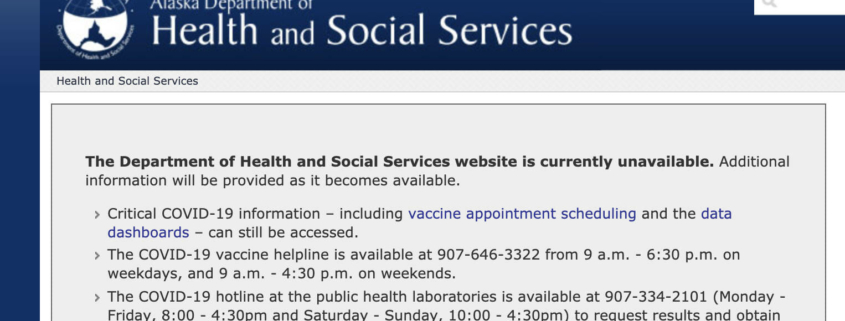Fortinet Security Researcher Discovers Multiple Vulnerabilities in Adobe Illustrator
FortiGuard Labs Threat Research Report
Affected platforms: Windows
Impacted parties: Users of Adobe Illustrator 2021, versions 25.4.1 and earlier
Impact: Multiple Vulnerabilities leading to Arbitrary Code Execution, Memory Leak and Application Denial of Service
Severity level: Critical
In August of 2021, I discovered and reported multiple zero-day vulnerabilities in Adobe Illustrator to Adobe, Inc. On Tuesday, October 26, 2021, Adobe released several security patches that fixed these vulnerabilities. They are identified as CVE-2021-40718, CVE-2021-40746, CVE-2021-40747, CVE-2021-40748 and CVE-2021-40749. All these vulnerabilities have similar root causes related to a single Illustrator Plugin. We suggest users apply the Adobe patches as soon as possible.
Following are some details on these vulnerabilities. More information can be found on the related Fortinet Zero Day Advisory pages by clicking on the CVE links, below:
This is a Memory Leak vulnerability that exists in the decoding of AutoCAD Drawing ‘DWG’ files in Adobe Illustrator. Specifically, the vulnerability is caused by a malformed DWG file, which causes an Out of Bounds Read memory access due to an improper bounds check.
Attackers can exploit this vulnerability for unintended memory reads, potentially leading to a memory data leak.
Fortinet previously released IPS signature Adobe.Illustrator.CVE-2021-40718.Memory.Leak for this specific vulnerability to proactively protect our customers.
This is an Arbitrary Code Execution vulnerability that exists in the decoding of AutoCAD Drawing ‘DWG’ files in Adobe Illustrator. Specifically, the vulnerability is caused by a malformed DWG file, which causes an Out of Bounds memory access due to an improper bounds check.
Attackers can exploit this vulnerability to execute arbitrary code within the context of the application via a crafted DWG file.
Fortinet previously released IPS signature…



